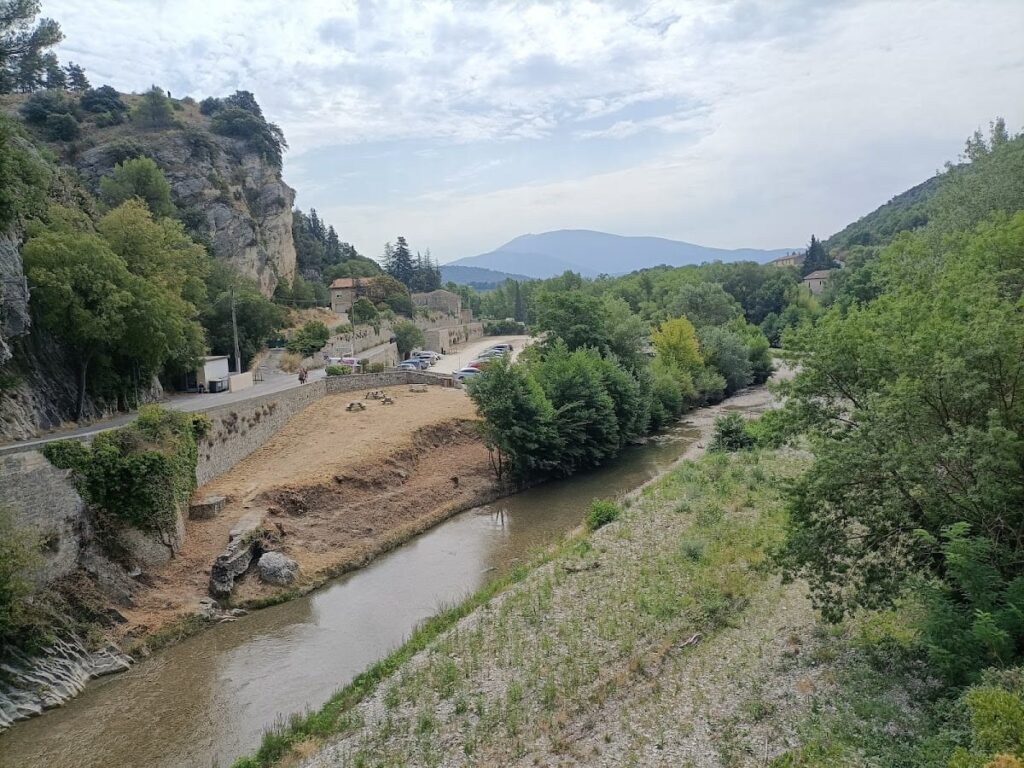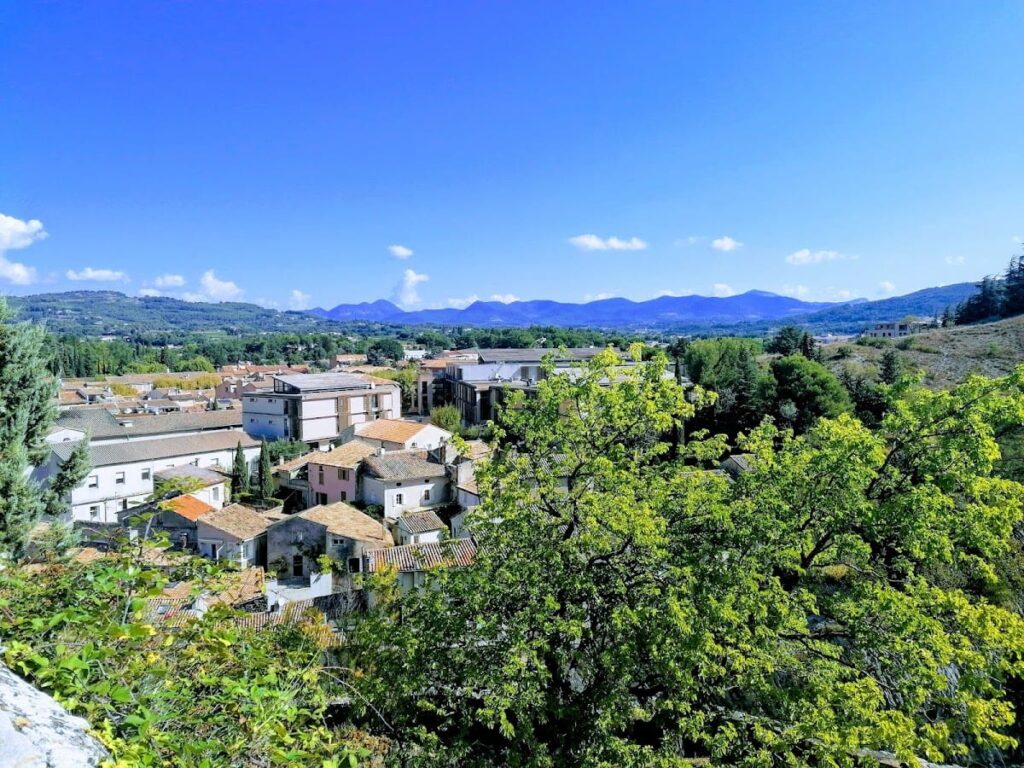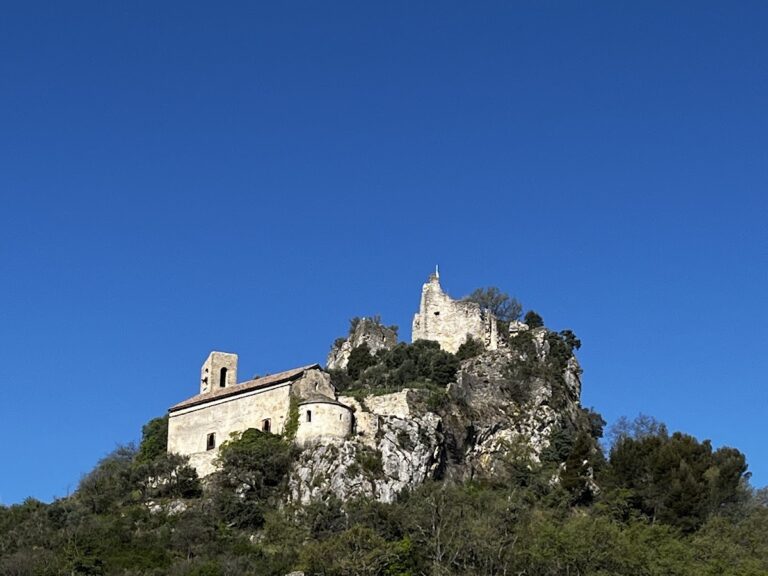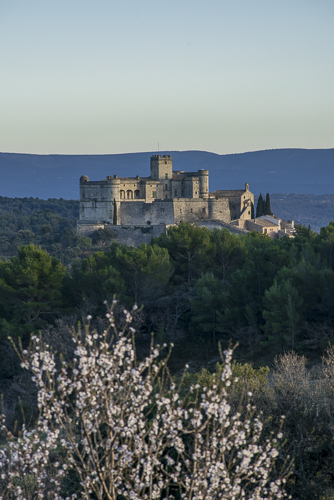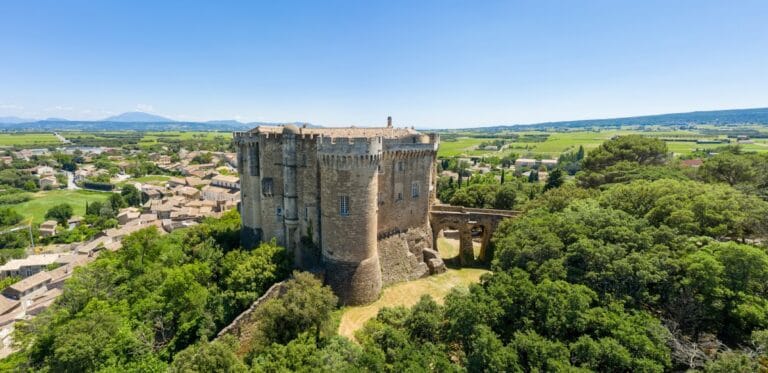Roman Bridge of Vaison-la-Romaine: An Ancient Crossing in Southern France
Visitor Information
Google Rating: 4.6
Popularity: Medium
Google Maps: View on Google Maps
Official Website: www.provenceromaine.com
Country: France
Civilization: Roman
Remains: Infrastructure
History
The Roman Bridge is located in Vaison-la-Romaine, a town in the Provence region of southern France. It was built during the 1st century AD by the Romans, serving as a crossing over the Ouvèze river in the ancient city of Vasio, the Roman name for Vaison-la-Romaine. The bridge linked the city’s center and districts on the right bank with the medieval Haute-Ville on the left bank, anchoring into the natural rock formations of Sus-Auze hill and the castle rock.
Throughout the centuries, the bridge remained in continuous use. It endured several significant floods, including one on August 15, 1616, which destroyed its parapets, though it is unclear if these were original. The bridge also survived the catastrophic flood of September 22, 1992, which caused damage only to the parapet. Its resilience highlights its importance as a vital crossing point in the region.
During World War II, German forces attempted to demolish the bridge by placing explosives. This attack damaged the vault and keystones, critical structural elements of the arch. Restoration work was undertaken in 1953 to repair the wartime damage, allowing the bridge to remain functional.
Remains
The Roman Bridge spans the Ouvèze river at a narrow point about 9.5 meters wide. It measures nearly 15 meters in length and just over 9 meters in width. The bridge features a single large arch with a clear span of 17.20 meters, rising 12.55 meters above the river, including the parapets.
Its upper arch is composed of five parallel semicircular arches, known as full-centered arches, which run across the width of the bridge. These arches connect only at their keystones, the central wedge-shaped stones that lock the arch in place. Each of the five arches consists of eleven wedge-shaped stones called voussoirs. The entire structure is anchored directly into the natural rock on both riverbanks, integrating the bridge with the surrounding landscape.
Originally, the bridge stood above wooden pile dike installations, which have since disappeared. The parapets have been damaged and repaired multiple times due to floods and wartime destruction. Despite these interventions, the bridge remains largely intact and continues to serve its original function as a crossing over the Ouvèze.

